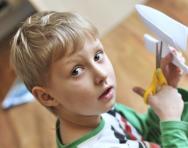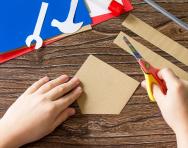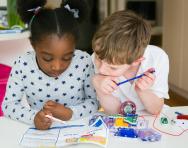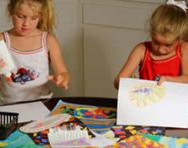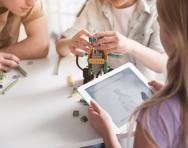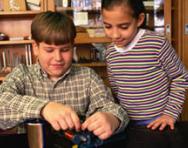Foundation Stage design and technology explained
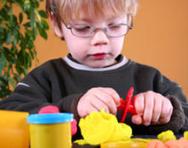
In the Early Years Foundation Stage, design and technology forms part of the learning children acquire under the ‘Knowledge and Understanding of the World' branch of the Foundation Stage curriculum, which also covers geography, history, ICT, and science.
What do children learn in EYFS DT?
Your child will learn through first-hand experiences. They will be encouraged to explore, observe, solve problems, think critically, make decisions and to talk about why they have made their decisions. Here are some of the typical learning experiences your child will have:
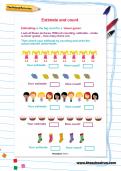
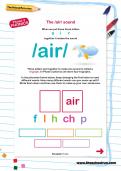
Start the Reception Learning Programme!
- Weekly maths & English worksheets direct to your inbox
- Follows the National Curriculum
- Keeps your child's learning on track
Constructing: Learning to construct with a purpose in mind, some children use scissors, glue, string and a hole punch to make a bag to store travel brochures they collected during a field trip.
Structure and joins: Following a visit to their local high street, some children make a church tower out of small wooden bricks.
Using a range of tools: Through this, your child will learn about planning and adapting initial ideas to make them better. For example, a child might choose to use scissors, a stapler, elastic bands and glue to join bits together to make a toy vehicle. But they might then modify their initial idea by using masking tape.
Cooking techniques: Some children take turns stirring the mixture for a cake and then watch with fascination as it rises while cooking. They will practise stirring, mixing, pouring and blending ingredients during cookery activities.
Exploration: Children will dismantle things and learn about how everyday objects work. For example, a child might dismantle a pepper grinder and discover how it is put together and the materials different parts are made of.
Discussion: Your child will be given opportunities to discuss reasons that make activities safe or unsafe, for example hygiene, electrical awareness, and appropriate use of senses when tasting different flavourings. They will also learn to record their experiences by, for example, drawing, writing and making a tape or model.
Foundation stage DT at home
Encourage your child to try out these activities to improve their DT skills:
- Get your child to sort objects by different criteria. You could do this by getting them to help to set the table or organise shopping items to be put away.
- When talking to your child, look for opportunities to notice and discuss materials around them – utensils in the kitchen, tree barks on a walk, soft furnishings in the bedroom.
- While speaking, use the language of designing and making, for example words such as ‘join', ‘build' and ‘shape'. And use evaluative and comparative language – ‘longer', ‘shorter', ‘lighter', ‘heavier' and ‘stronger'.
- Encourage and support the use of a range of tools, such as scissors, hole punch, stapler, glue spreader, rolling pin, cutter and grater.

Give your child a headstart
- FREE articles & expert information
- FREE resources & activities
- FREE homework help
